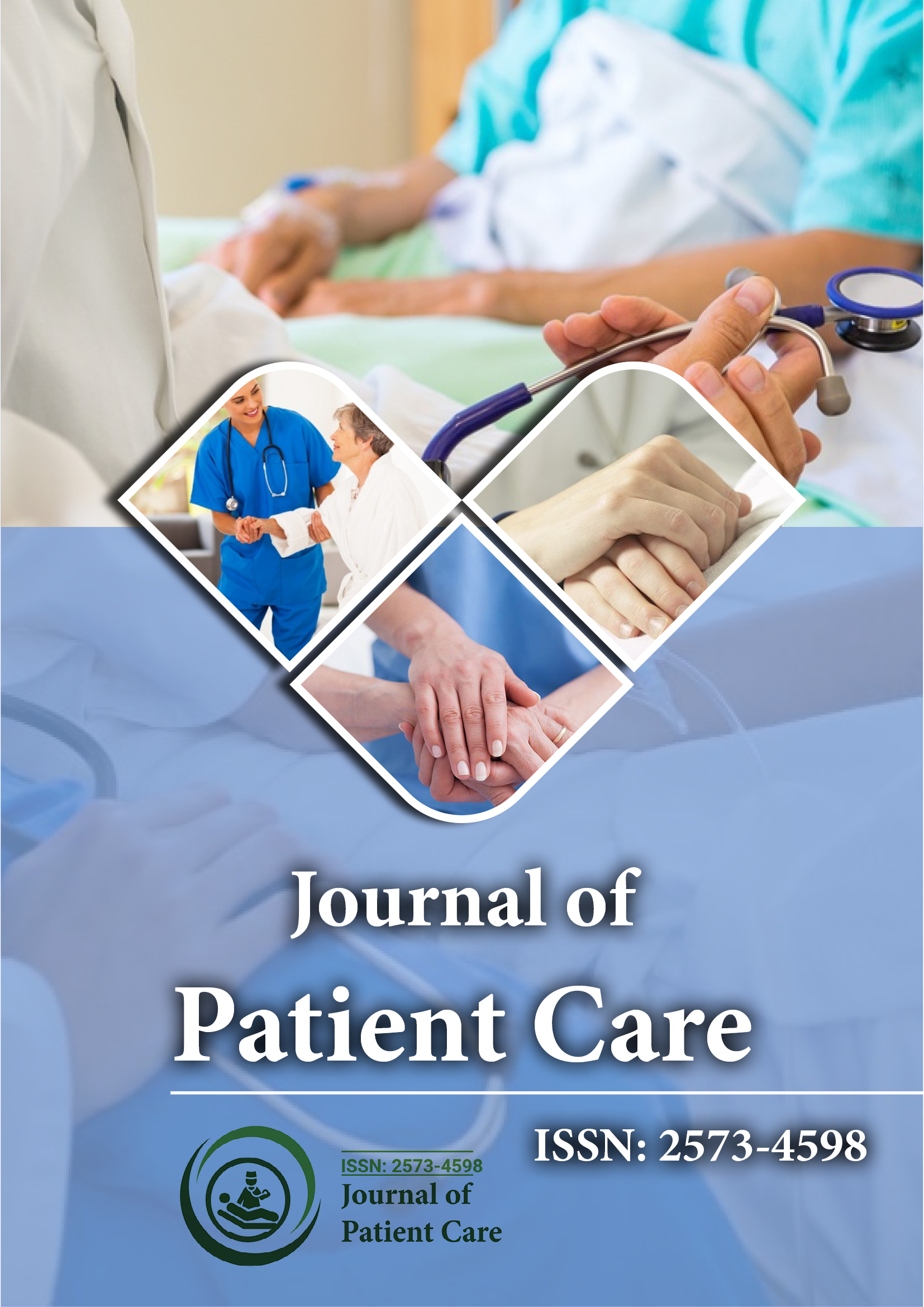Indexed In
- RefSeek
- Hamdard University
- EBSCO A-Z
- Publons
- Geneva Foundation for Medical Education and Research
- Euro Pub
- Google Scholar
Useful Links
Share This Page
Journal Flyer

Open Access Journals
- Agri and Aquaculture
- Biochemistry
- Bioinformatics & Systems Biology
- Business & Management
- Chemistry
- Clinical Sciences
- Engineering
- Food & Nutrition
- General Science
- Genetics & Molecular Biology
- Immunology & Microbiology
- Medical Sciences
- Neuroscience & Psychology
- Nursing & Health Care
- Pharmaceutical Sciences
Abstract
Patient Evaluation of Nursing Care: A Danish Cross-Sectional Study
Hanne Irene Jensen*, Louise Muxoll Gronhaug, Gitte Lehmkuhl Henner and Mette Stie
Background: To perform patient-centered care and improve the quality of nursing care, patient’s perspectives on the nursing care provided is essential. Systematic use of patient reported data has shown to be a potential method to gain knowledge about patient’s experiences of the care delivered. The aim of this study was to investigate patient’s assessment and experiences of nursing care during their hospital stay and thereby identify areas in need of improvement.
Methods: The study was a cross-sectional patient survey in May-June 2021 at a Danish University Hospital using a Danish translation of the 10-item Consultation and Relational Empathy (CARE) Measure. The CARE scores ranges from 1-5. The patients also had the option of adding free text comments. Quantitative data was analysed using descriptive statistics, qualitative data using content analysis.
Results: A total of 2,151 patients representing 23 departments responded. Hereof, 56% were women, and the mean age was 58.5 years of age. For the 10 items of the CARE measurement, participants accessed the care provided as very good (30%-35%) or excellent (52%-63%). In total, the median score for each item was 5 (Interquartile range 4-5). At department level (n=23), median scores were 4-5 (Interquartile range 4-5). At unit level, larger differences in patient’s assessments of nursing care were found with medians ranging from 3-5 (Interquartile range 2-5). Content analysis of free-text comments identified two main themes: “Professional care” and “Room for improvement”.
Conclusion: The majority of patients assessed the nursing care they had received as very good or excellent within all 10 areas included in the CARE Measure instrument, and it was in free-text comments described as being due to both the nurses’ professional and personal competences. Using patients’ assessments of nursing care helps to understand and maintain areas of high quality and to identify areas in need of improvement.
Published Date: 2023-09-25; Received Date: 2023-08-23
